Custard apple (Annona squamosa), also known as sugar apple or sweetsop, is a tropical fruit valued for its creamy texture, distinct sweetness, and health benefits. Although traditionally cultivated in small pockets across Asia, Latin America, and Africa, the global market for custard apples is now witnessing a steady transformation driven by rising demand, improved cultivars, international trade, and health-conscious consumers.
This article provides a detailed forecast of the global custard apple market, analyzing key producing regions, consumer trends, export dynamics, technological advancements, and future opportunities.
Understanding Custard Apple: A Niche Fruit with Mass Appeal
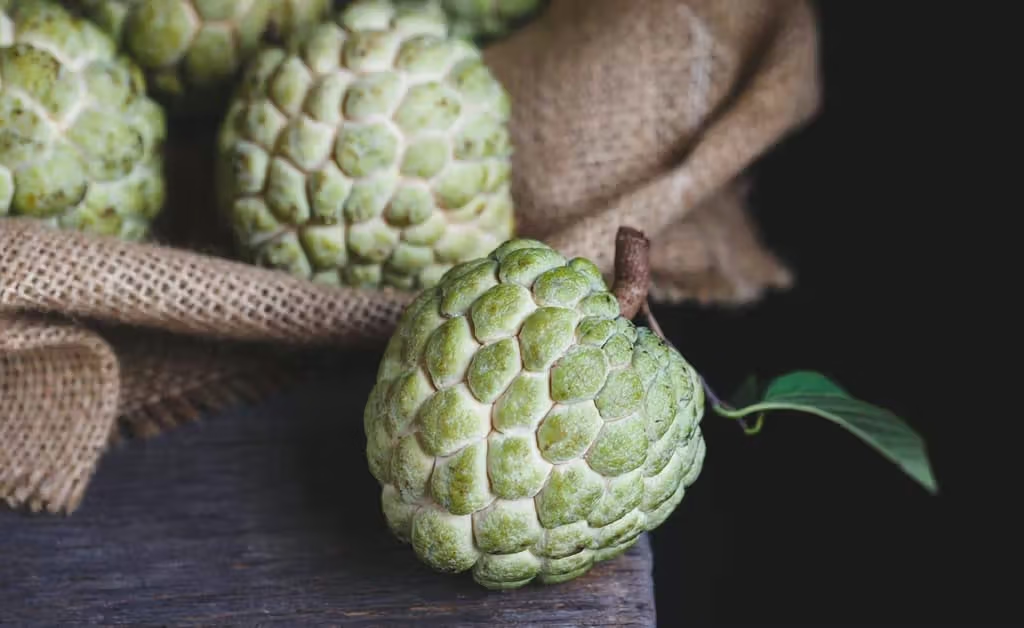
Custard apple is a subtropical fruit grown mostly in regions with warm climates. It is known for:
- Soft, creamy pulp rich in natural sugars
- High content of vitamin C, potassium, magnesium, and dietary fiber
- Traditional uses in Ayurvedic and folk medicine
- Minimal processing and ready-to-eat appeal
While it remains underutilized compared to mainstream fruits like mango or banana, custard apple is slowly making its way into the global market—both as a fresh fruit and in processed forms like pulp, powder, ice cream, and smoothies.
Global Production Landscape

Major Producing Countries:
- India – World’s largest producer
- Thailand and the Philippines – Regional leaders in Southeast Asia
- Brazil – Dominant producer in South America
- Egypt and South Africa – Growing interest in North and Sub-Saharan Africa
- Australia – Commercial cultivars like Atemoya for export
According to FAO data and local agricultural reports, global production of custard apples is increasing at a compound annual growth rate (CAGR) of 4.5%, primarily driven by India and Brazil.
Market Segmentation
1. By Product Type
- Fresh Fruit
- Frozen Custard Apple
- Pulp & Puree
- Custard Apple Powder
- Custard Apple Beverages and Desserts
2. By End Use
- Retail (Fresh Consumption)
- Food & Beverage Industry – Ice cream, yogurts, jams, smoothies
- Pharmaceuticals and Nutraceuticals
- Cosmetic Industry – Skin creams and anti-aging products
3. By Distribution Channel
- Supermarkets/Hypermarkets
- Online Retail
- Export/Wholesale Markets
- Specialty Stores
Key Trends Driving Market Growth
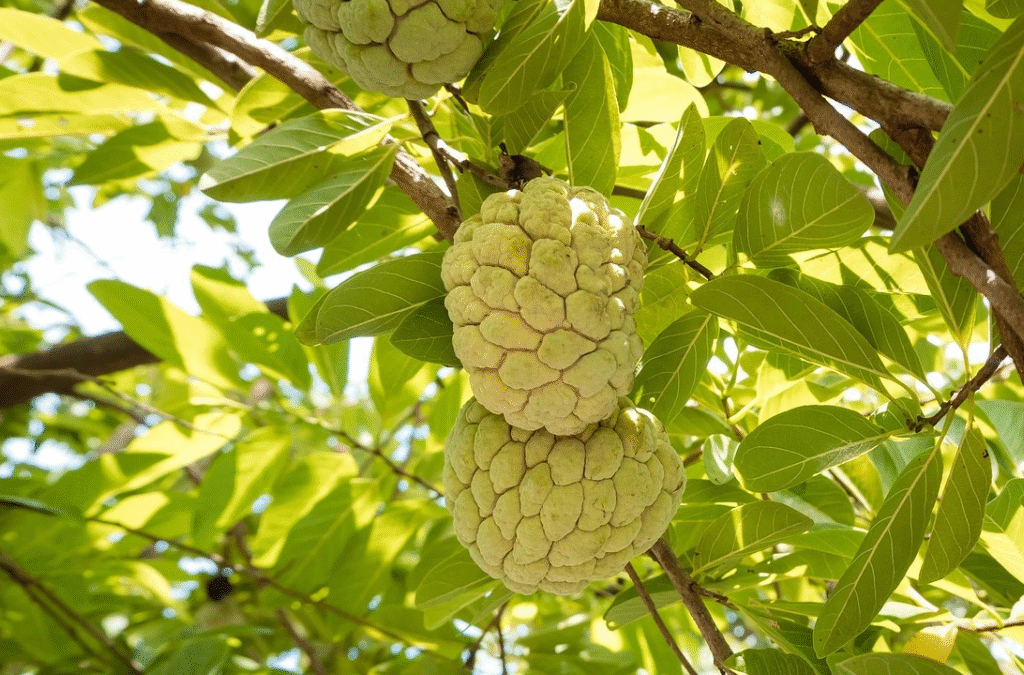
1. Rising Health Consciousness
Custard apple is gaining popularity as a natural immunity booster due to its rich vitamin C and antioxidant content. As consumers globally shift to healthier and organic food options, the demand for exotic and nutrient-rich fruits like custard apple is on the rise.
2. Growth of the Plant-Based & Functional Foods Market
The pulp is increasingly being used in plant-based smoothies, yogurts, energy bars, and supplements. Its sweet, creamy texture makes it an ideal dairy alternative, especially in vegan diets.
3. Export-Oriented Production
Countries like India, Thailand, and Brazil are now focusing on export-grade custard apples with longer shelf life and improved quality. This is leading to increased foreign revenue and crop diversification.
4. Innovation in Value Addition
Custard apple processing is becoming more efficient, with companies offering:
- Freeze-dried custard apple powder
- Ready-to-use pulp for bakeries
- Custard apple-based desserts and syrups
These products cater to both urban markets and international consumers, broadening the market base.
Country-Wise Market Overview
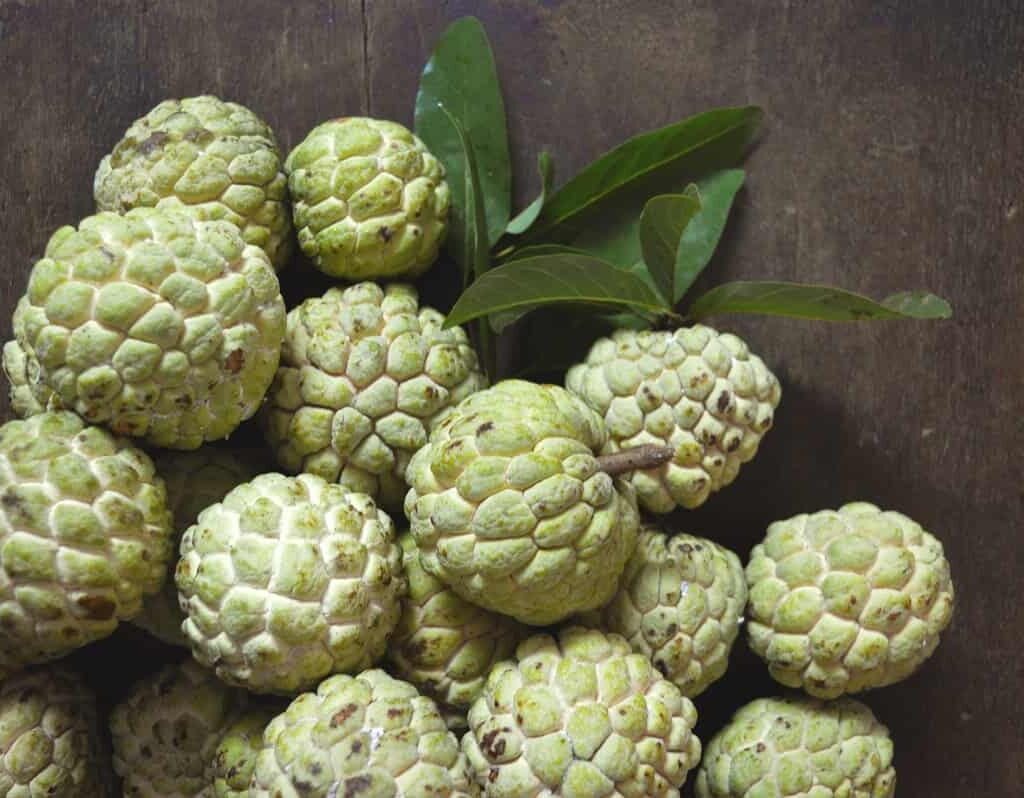
India: The Global Leader
- Accounts for over 50% of global custard apple production
- Major growing states: Maharashtra, Andhra Pradesh, Chhattisgarh, Madhya Pradesh
- Improved cultivars like Balanagar, Sitaphal, and Arka Sahan
- Government support for orchard development, post-harvest units, and export promotion
India’s domestic market is booming, and the export market is growing steadily, especially for pulp and frozen formats to the Middle East, Europe, and Southeast Asia.
Brazil: Commercial Expansion
- Cultivates Atemoya – a hybrid of custard apple and cherimoya
- Grown in São Paulo, Minas Gerais, and Bahia
- Increasing demand for fresh exports to USA and Europe
- Focus on improved post-harvest techniques to reduce spoilage
Thailand: Tropical Innovation
- Produces both native and hybrid custard apples
- Government-backed agro-processing clusters
- Targets export markets in China, Singapore, and Japan
- Key strength: well-developed cold chain infrastructure
Australia: High-Value Export Niche
- Specializes in Atemoya with high export quality
- Markets primarily in Asia-Pacific
- Advanced research and mechanization support production
Export Dynamics
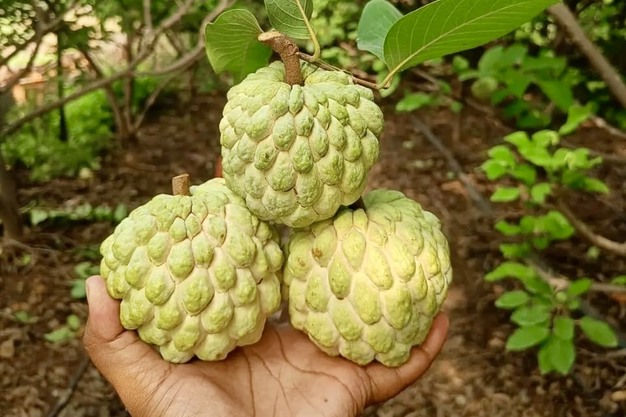
Top Exporters:
- India
- Thailand
- Brazil
- Australia
- Vietnam
Top Importing Regions:
- United Arab Emirates and Gulf countries
- European Union (Germany, Netherlands, UK)
- USA and Canada
- Japan, Singapore, South Korea
Increased demand for ethnic foods and exotic fruits in global markets is a key driver of international custard apple trade. The value-added segment (e.g., frozen pulp, dried powder) is growing faster than fresh fruit due to longer shelf life and easier handling.
Forecast: Global Custard Apple Market 2025–2030
Based on current trends and economic indicators, here’s a market forecast summary:
| Parameter | 2024 Estimate | 2030 Projection | CAGR (2025–2030) |
|---|---|---|---|
| Market Size (USD) | $580 million | $920 million | 7.9% |
| Fresh Fruit Segment | $390 million | $600 million | 7.4% |
| Processed Segment (Pulp, Powder) | $190 million | $320 million | 8.5% |
| Top Growing Region | Asia-Pacific | Asia-Pacific | – |
| Fastest-Growing Format | Frozen Pulp | Custard Apple Powder | – |
Factors influencing growth:
- Urbanization and dietary changes
- Supermarket and e-commerce expansion
- Rise in plant-based, functional, and organic food trends
Challenges in the Global Custard Apple Market
Despite the positive outlook, the market faces several barriers:
1. Short Shelf Life
Custard apples are highly perishable, which limits long-distance shipping and export as fresh fruit.
2. Lack of Standardized Grading
Inconsistent fruit size, quality, and sugar content affect consumer satisfaction and export readiness.
3. Limited Awareness
Outside of traditional growing regions, many global consumers are still unfamiliar with custard apples and their uses.
4. Processing Infrastructure
Many countries lack modern processing units, which are vital for large-scale pulp or powder production.
5. Pest and Disease Issues
Fruit borers and anthracnose are major concerns in humid areas, affecting yield and quality.
Key Opportunities Ahead
Organic and Sustainable Farming
There is strong export potential for organic-certified custard apples, especially in European and North American markets.
Functional Beverages & Snacks
Custard apple’s creamy texture and nutrient profile make it ideal for use in:
- Vegan milkshakes and smoothies
- Probiotic yogurt blends
- Energy snacks and bars
Agri-Tech and Processing Investment
Cold storage, dehydration units, and pulp extraction plants can significantly reduce post-harvest losses and increase product shelf life.
Branding and Market Education
Countries and exporters can build brand identity through storytelling, origin labeling, and digital marketing to boost global awareness and consumption.
Conclusion
The global custard apple market is evolving from a niche segment into a promising frontier for tropical fruit commerce. With rising health consciousness, demand for functional foods, and innovation in food processing, custard apple is positioned for steady growth in the years ahead.
India and Brazil will continue to lead production, while countries like Thailand and Australia will focus on high-value exports. Investments in infrastructure, cold chains, and consumer education will be crucial in unlocking the full potential of this creamy, nutritious fruit.
As global consumers embrace more diverse and natural food options, custard apple’s sweet future looks bright—both on the plate and in the marketplace.


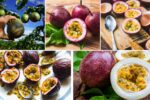
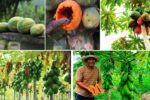



Leave A Comment